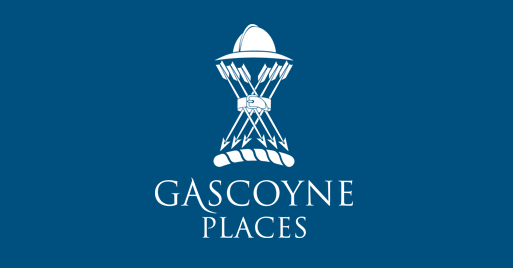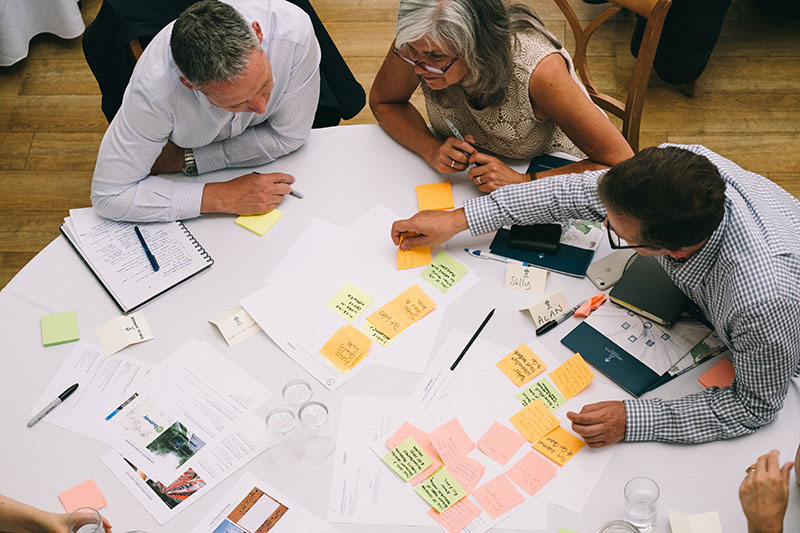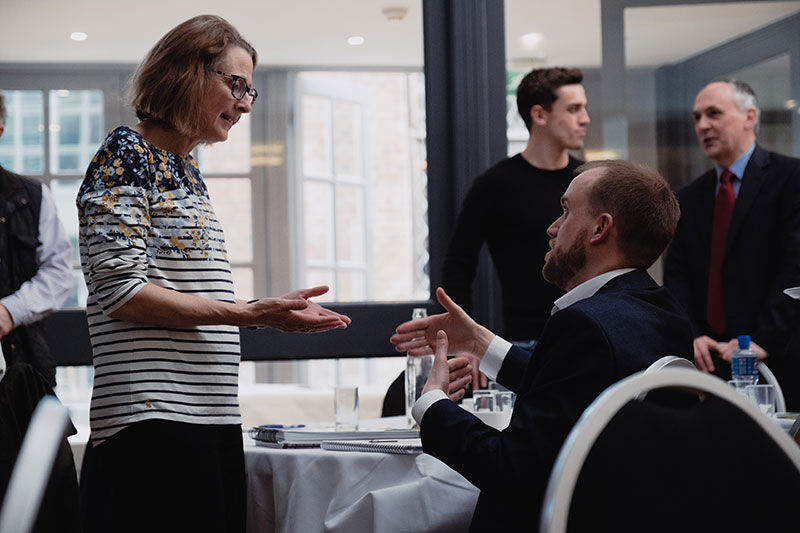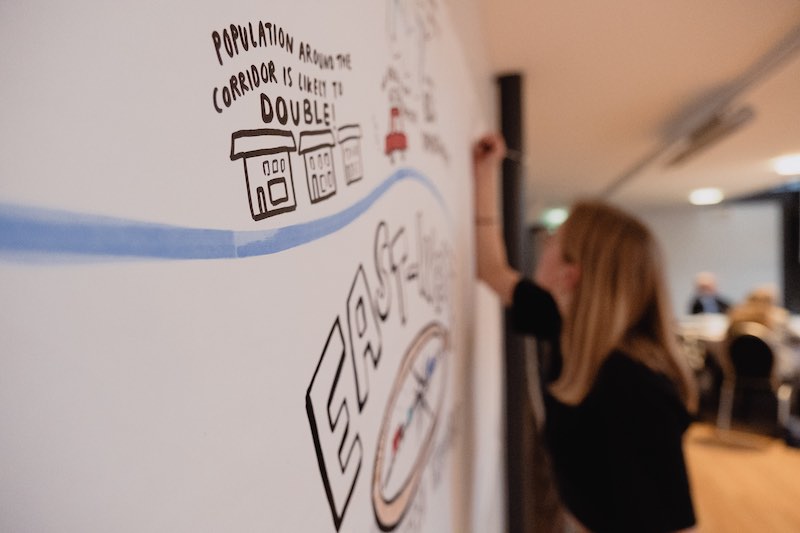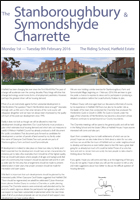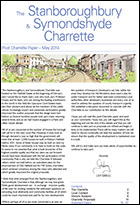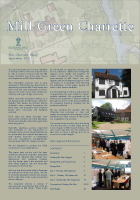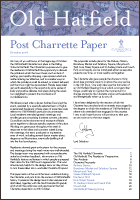Local engagement is key to successful development.
Development will always be a contentious matter. Change will give rise to fears for what the future might hold. Much of Gascoyne’s approach to development is driven by a similar range of concerns and a desire to provide an alternative approach to the challenges of growth.
Since 2006 Gascoyne have sponsored and hosted a number of events examining many of the issues which lie at the heart of growth and modern development. We believe that engaging with the local communities who might be affected by a development is a vital part of the planning process, enabling local communities to collaborate with designers on a vision for their future. Our preferred approach is through the charrette method – a well refined and interactive form of consultation.
A charrette is a collaborative process engaging local stakeholders – residents, businesses, community leaders, schools, politicians – and designers. This provides a platform for ideas. It offers the unique advantage of giving immediate feedback to the designers. And it enables everyone taking part to be equal authors of the plan for their local area.
Approach to Growth
During 2010 Gascoyne Cecil began to consider its possible approach to the impending challenges of growth in the Borough. Involvement in the Hertfordshire Guide to Growth had already initiated a discussion about how the County might accommodate growth. These discussions centred on our own attitudes to growth on Estate land. How did we feel about this? Where might we consider this to be acceptable and what would our approach to delivery be?
It was decided that a programme of positive engagement was the most favourable option. Any decision to release land for development would be set against a backdrop of rigorous technical analysis and a sound understanding of the sites concerned. Since this time we have worked alongside a team of specialists examining diverse areas including ecology, archaeology, landscape, transport, utilities and infrastructure as well as more obvious topics of architecture and town planning.
Throughout, we have sought to communicate our findings and thoughts through a series of exhibitions, research and our website.
